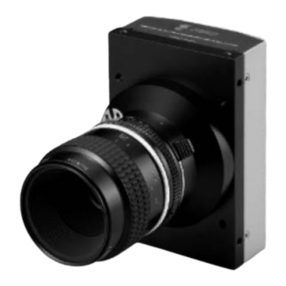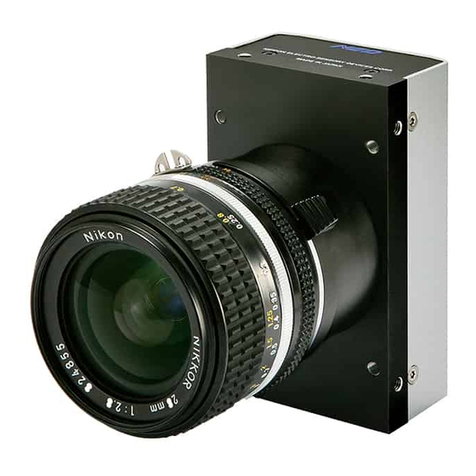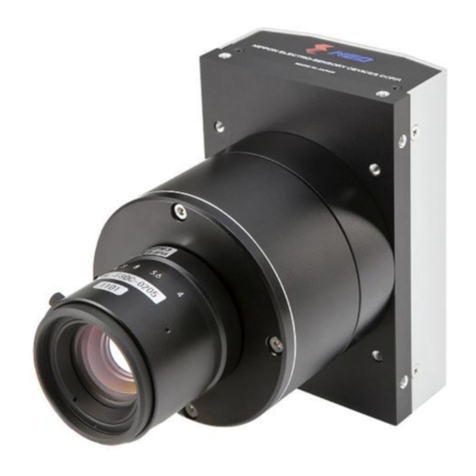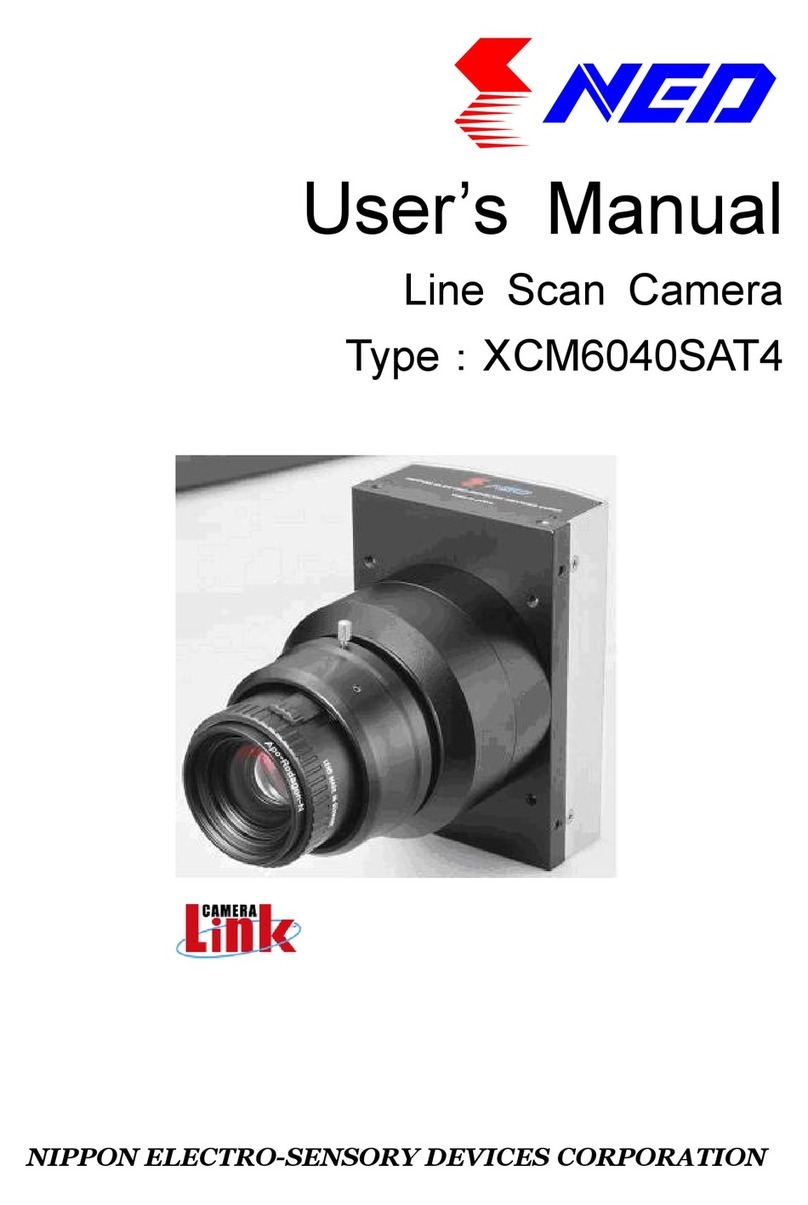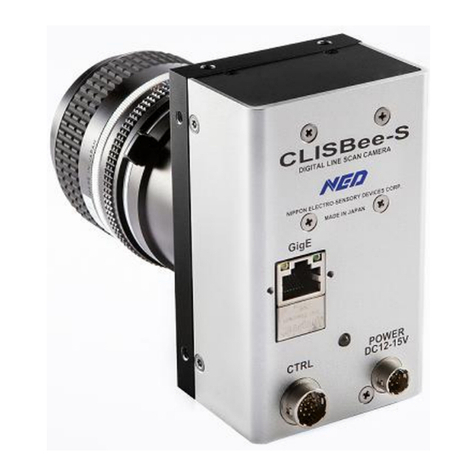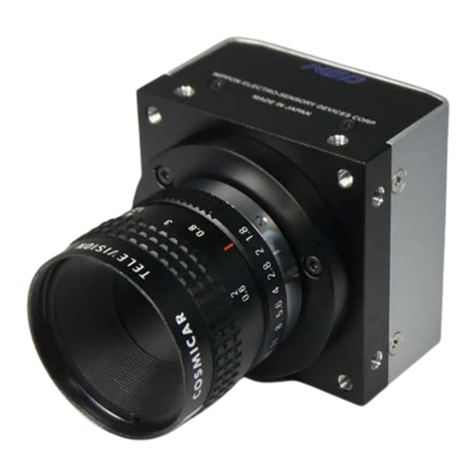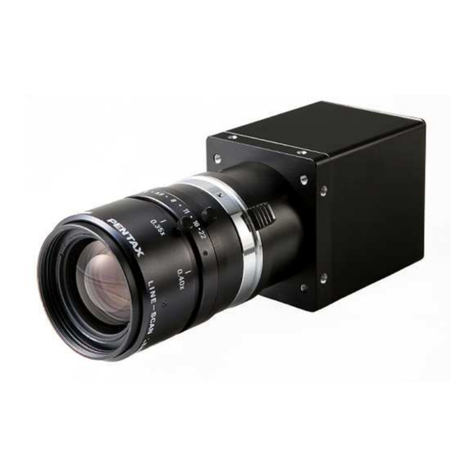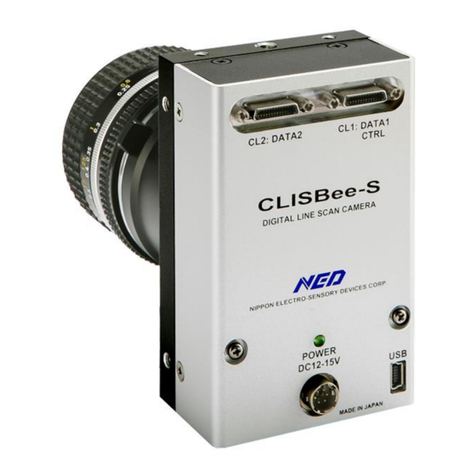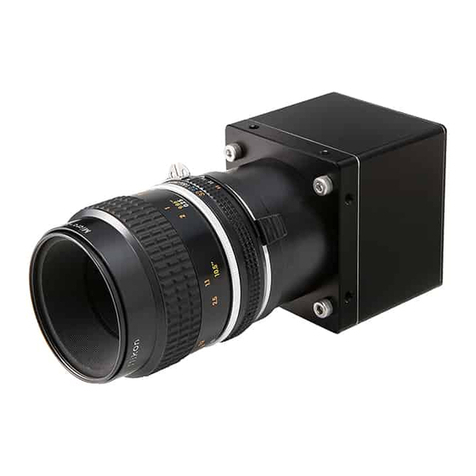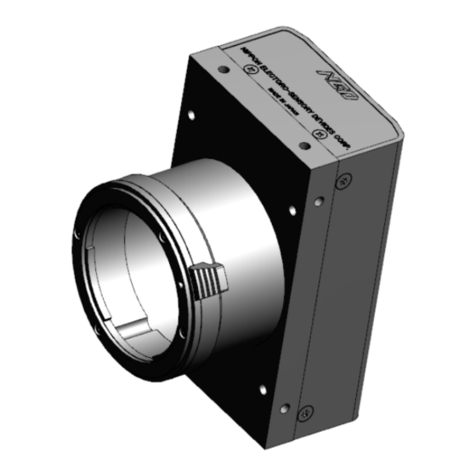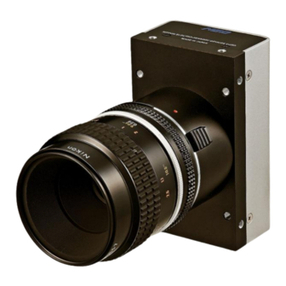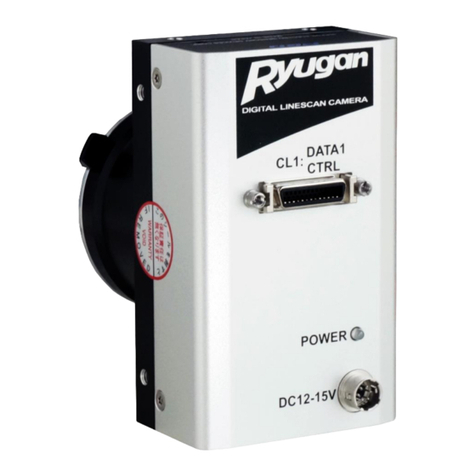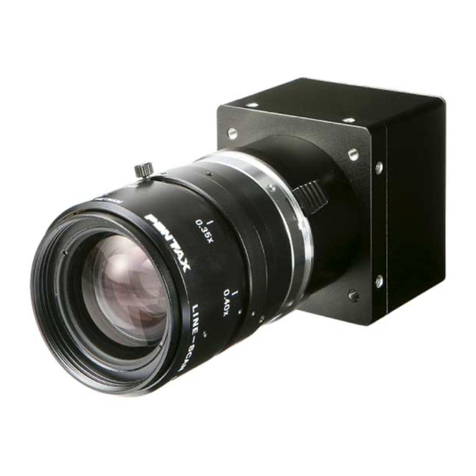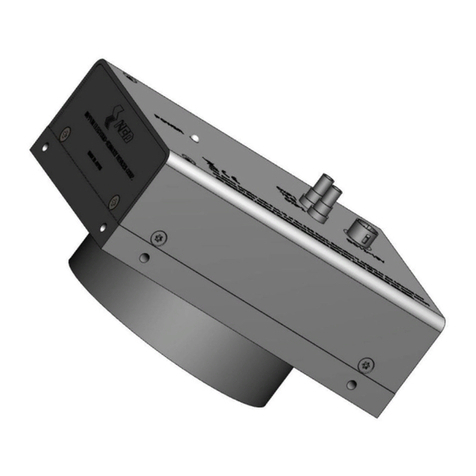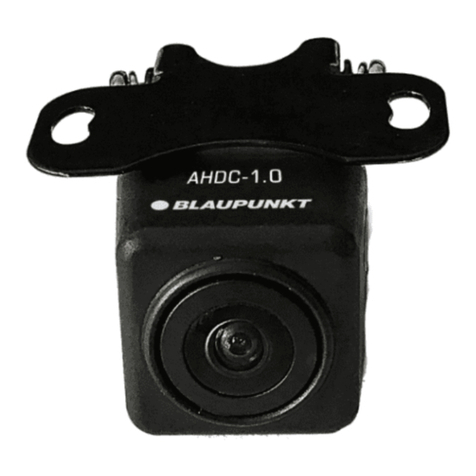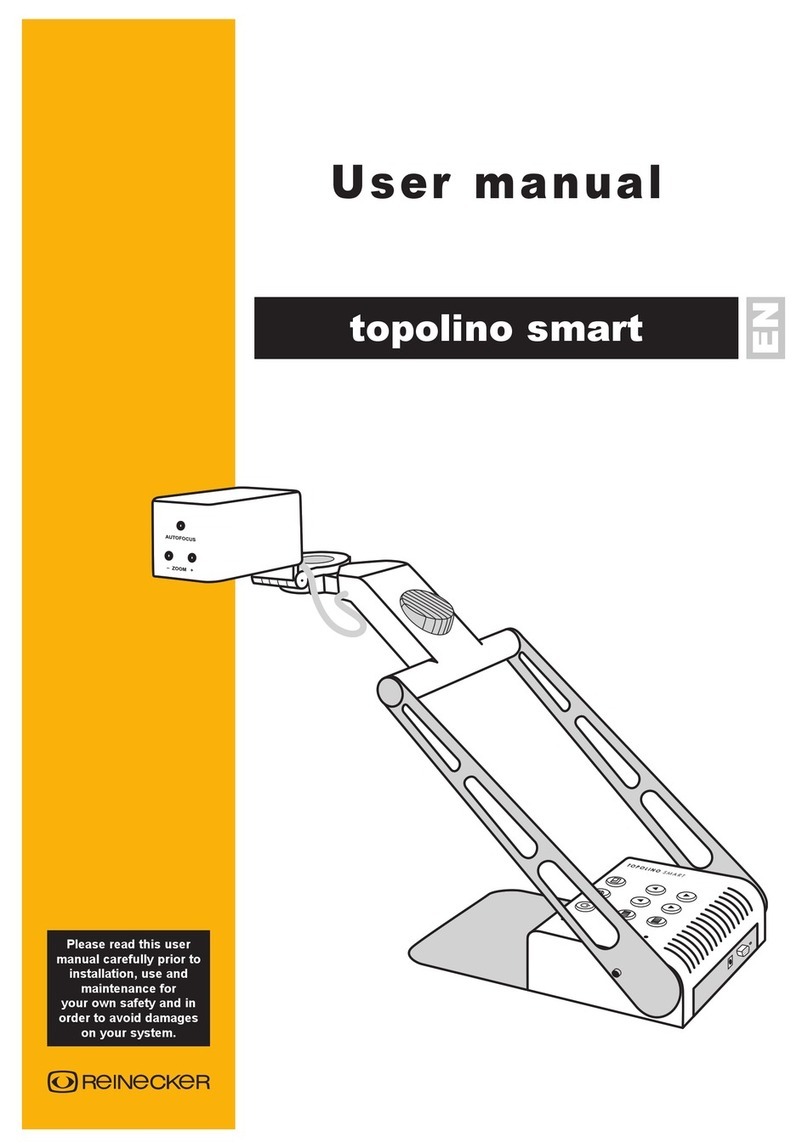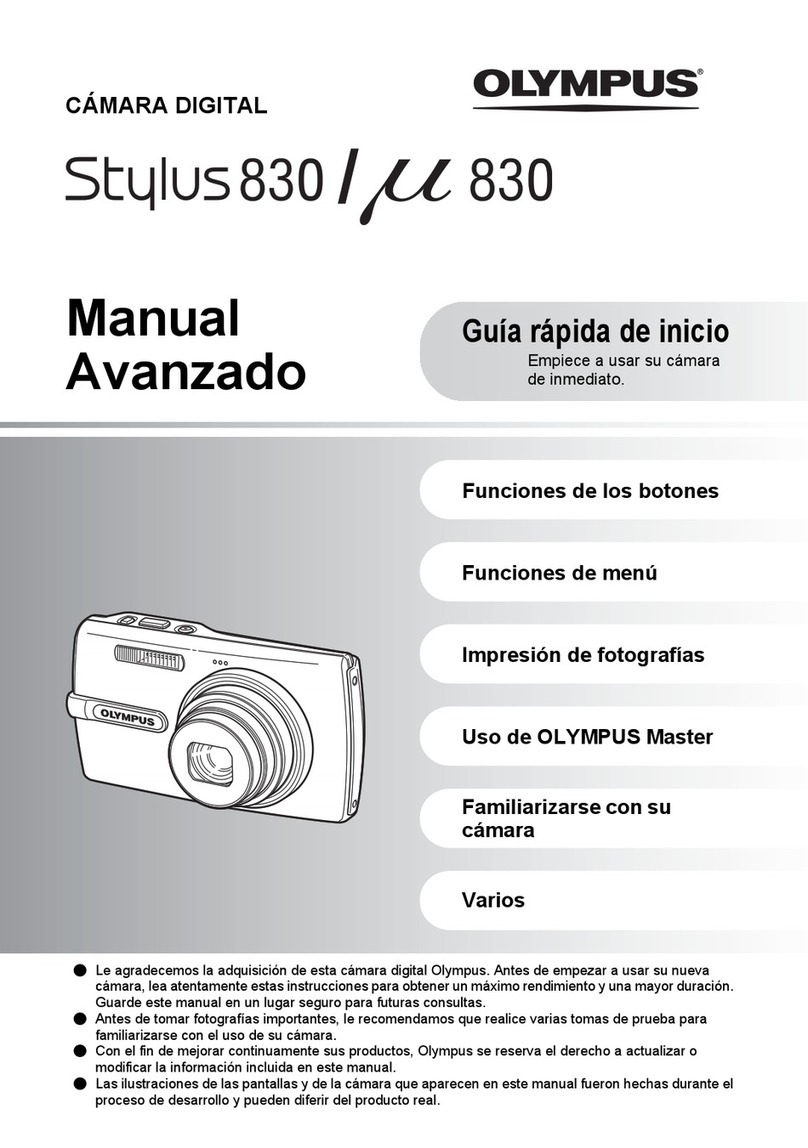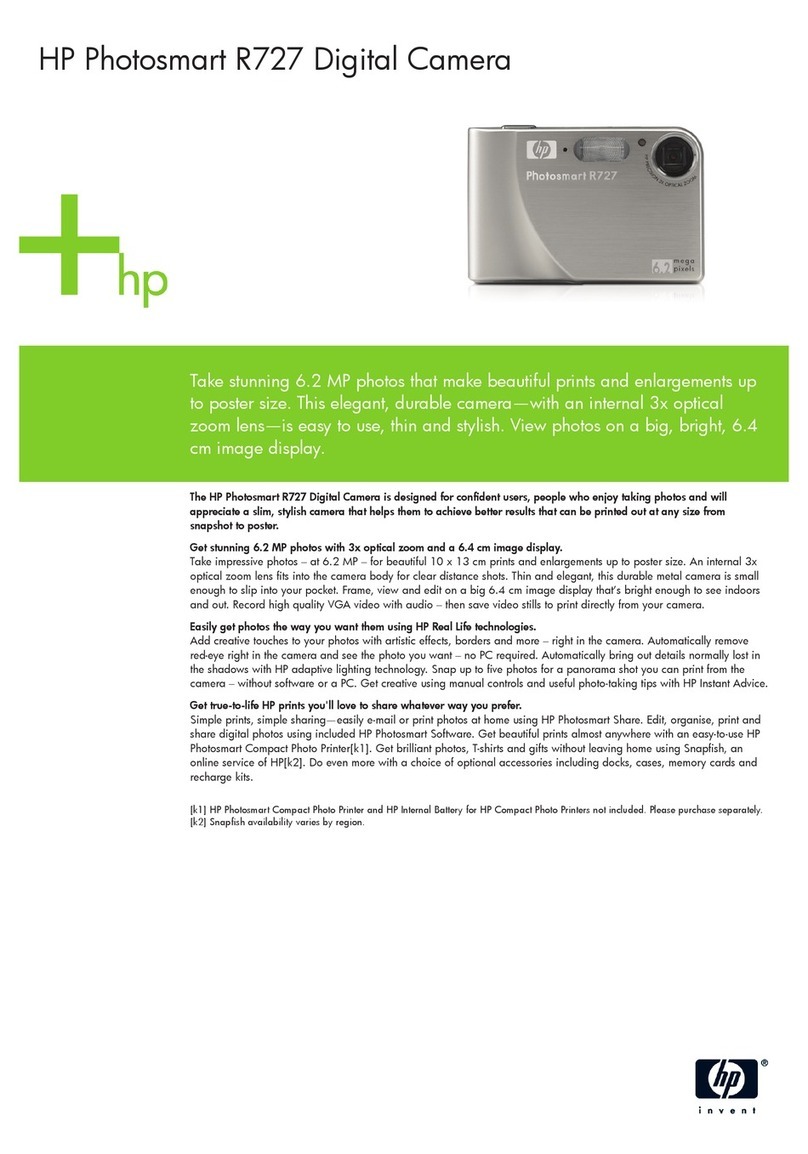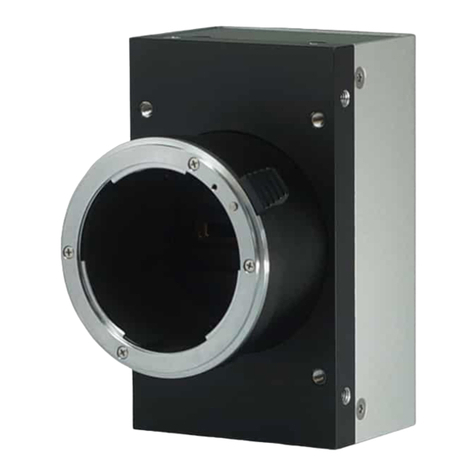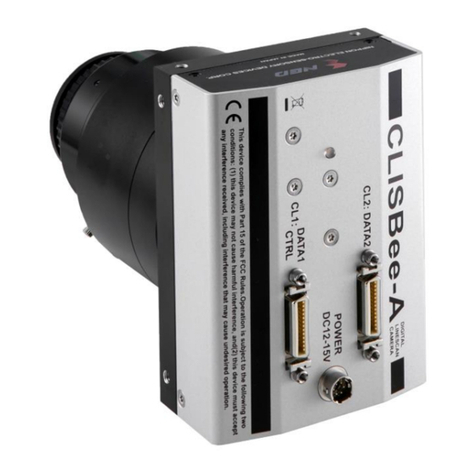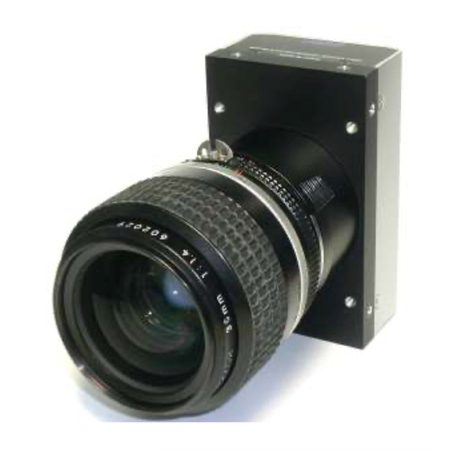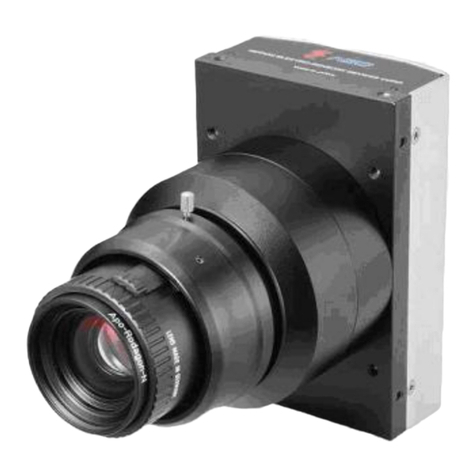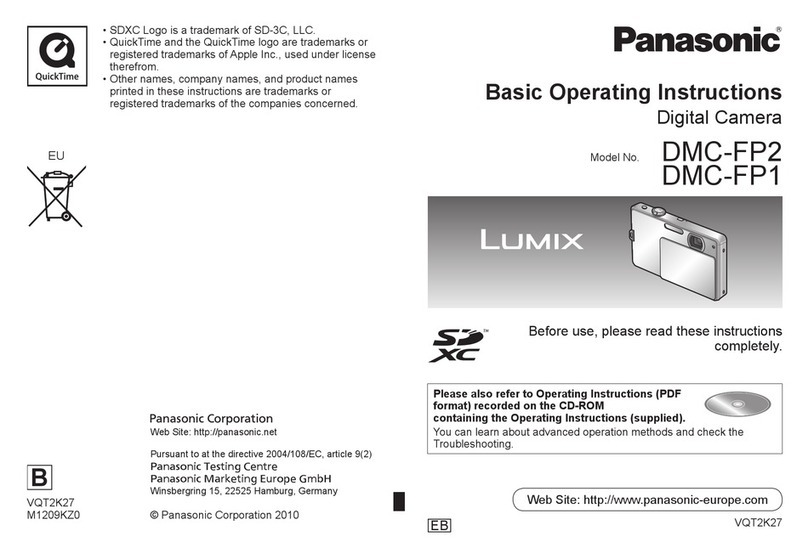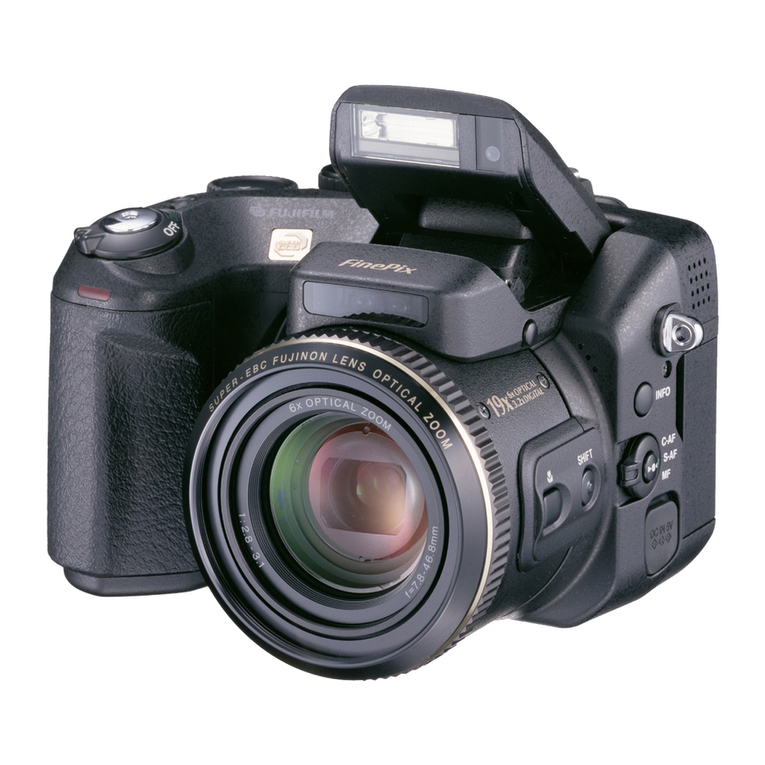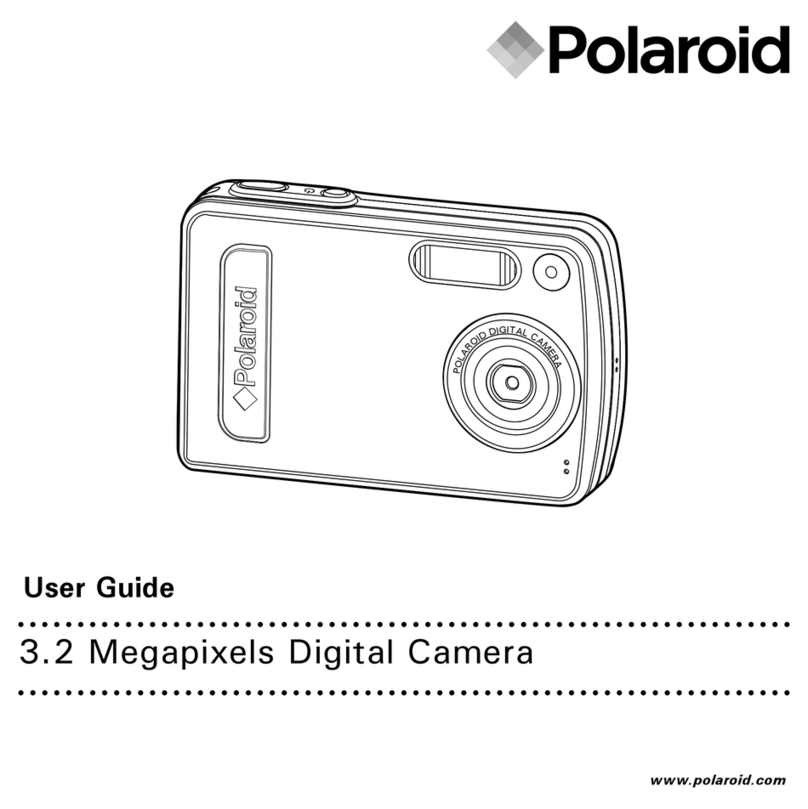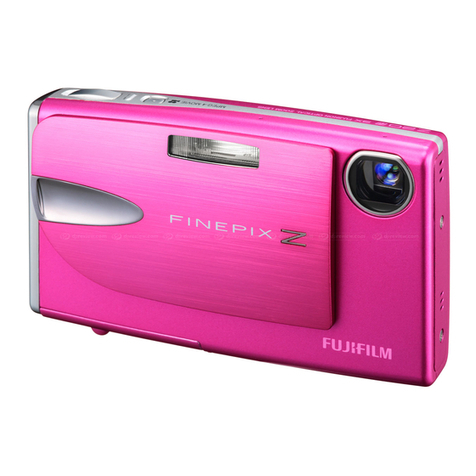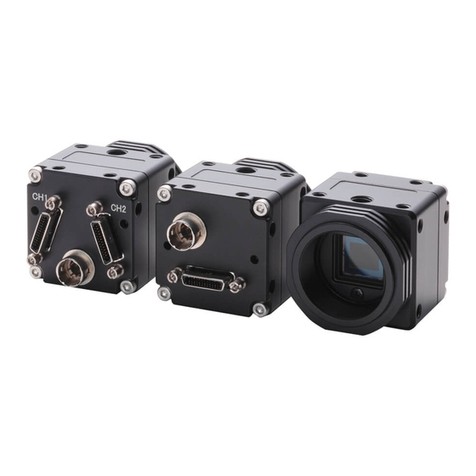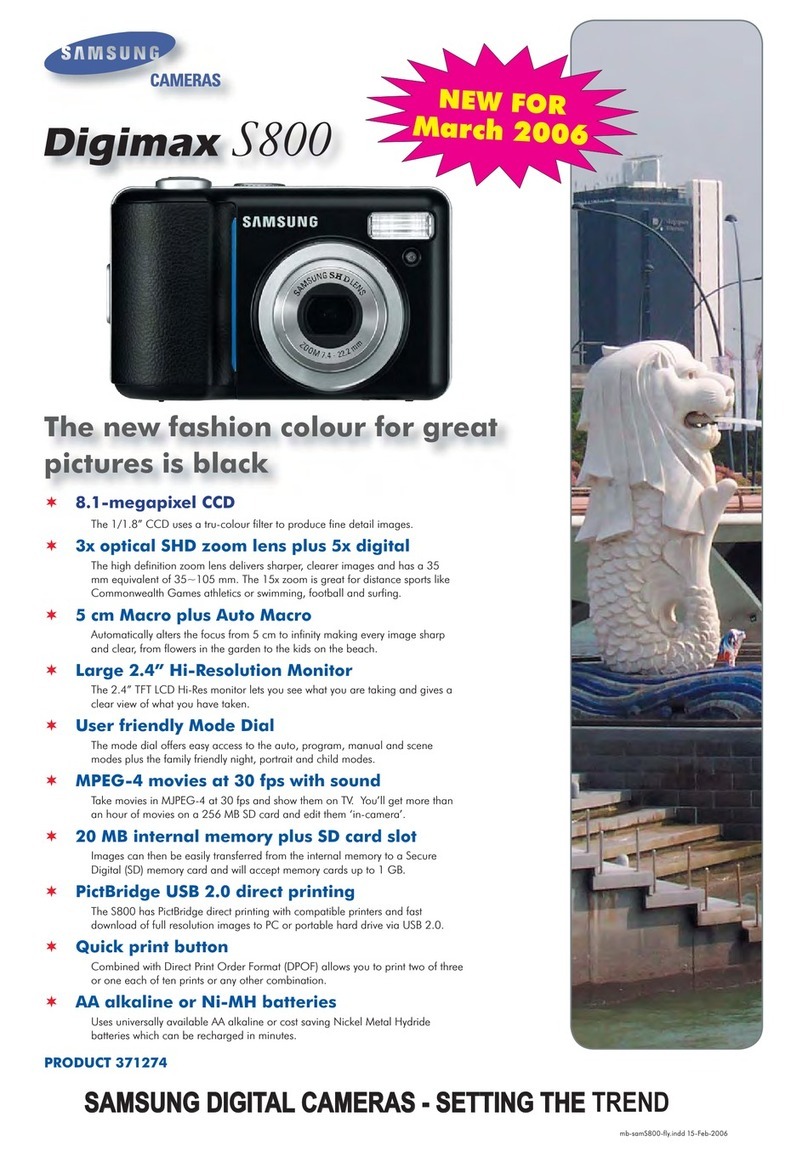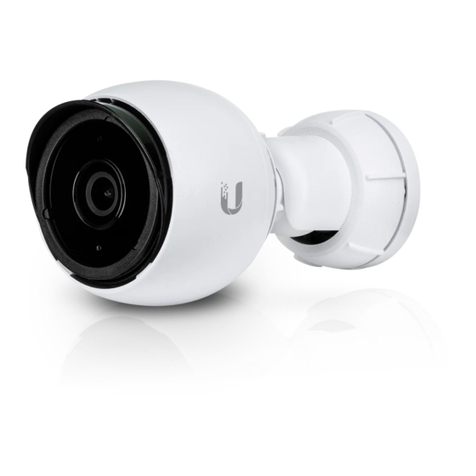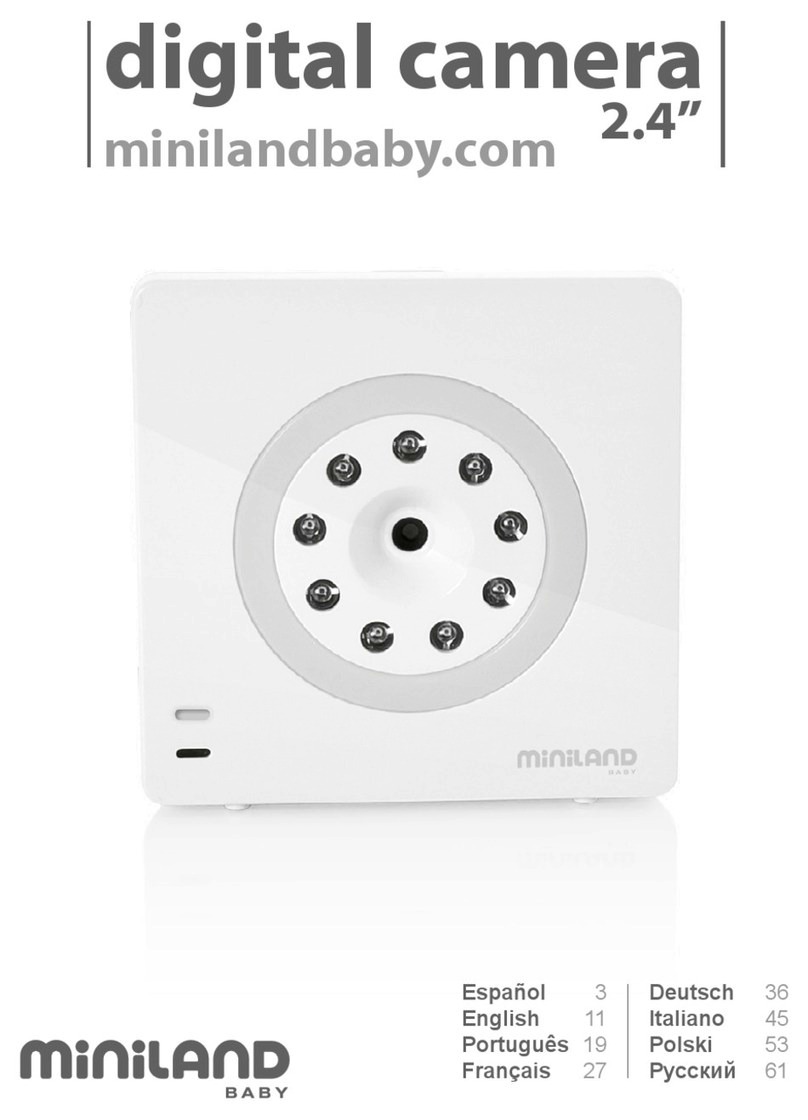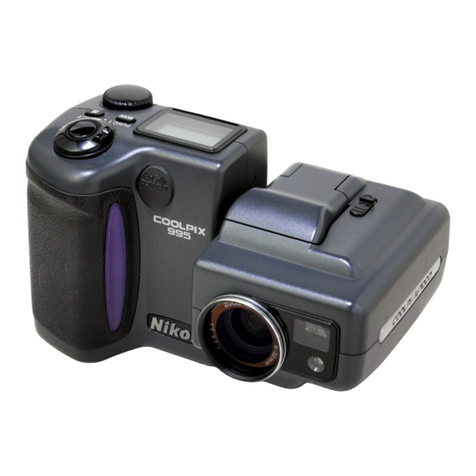
NED
UME-0023-02 XCM16K80SAT8
4.2.13 Returning the Current Camera Settings........................................................ 29
4.2.14 Setting Pixel Readout Direction..................................................................... 29
4.3 Digital Processing flow in FPGA............................................................................. 30
4.4 Startup........................................................................................................................ 30
4.5 Saving and Loading Camera Settings.................................................................... 31
4.6 Serial Communication Settings .............................................................................. 32
4.7 Video Output Format................................................................................................ 32
4.8 Exposure Mode and Timing Chart.......................................................................... 34
4.8.1 Free Run Exposure Mode.................................................................................. 34
4.8.2 External Trigger Exposure Mode (Trigger Edge)............................................ 35
4.8.3 External Trigger Exposure Mode (Trigger Level) ........................................... 36
4.9 Setting Offset ............................................................................................................ 37
4.10 Setting Gain............................................................................................................. 38
4.11 Pixel Correction ...................................................................................................... 40
4.11.1 Command Settings........................................................................................... 41
4.11.2 How to correct.................................................................................................. 41
4.12 Test Pattern ............................................................................................................. 42
5 Confirming Camera Settings..................................................... 43
5.1 Before Power-on....................................................................................................... 43
5.2 After Power-on .......................................................................................................... 44
5.3 During Operation ...................................................................................................... 46
6 Sensor Handling Instructions................................................... 47
6.1 Electrostatic Discharge and the Sensor ................................................................ 47
6.2 Protecting Against Dust, Oil and Scratches.......................................................... 47
6.3 Cleaning the Sensor Window.................................................................................. 47
7 Troubleshooting................................................................................ 48
7.1 No Image.................................................................................................................... 48
7.2 Noise on Image ......................................................................................................... 50
7.3 Camera becomes hot ............................................................................................... 52
8 CLISBeeCtrl ......................................................................................... 53
8.1 Overview.................................................................................................................... 53
8.2 System Requirements.............................................................................................. 53
8.3 Install.......................................................................................................................... 53
8.4 Uninstall..................................................................................................................... 53
8.5 Operation................................................................................................................... 54




















